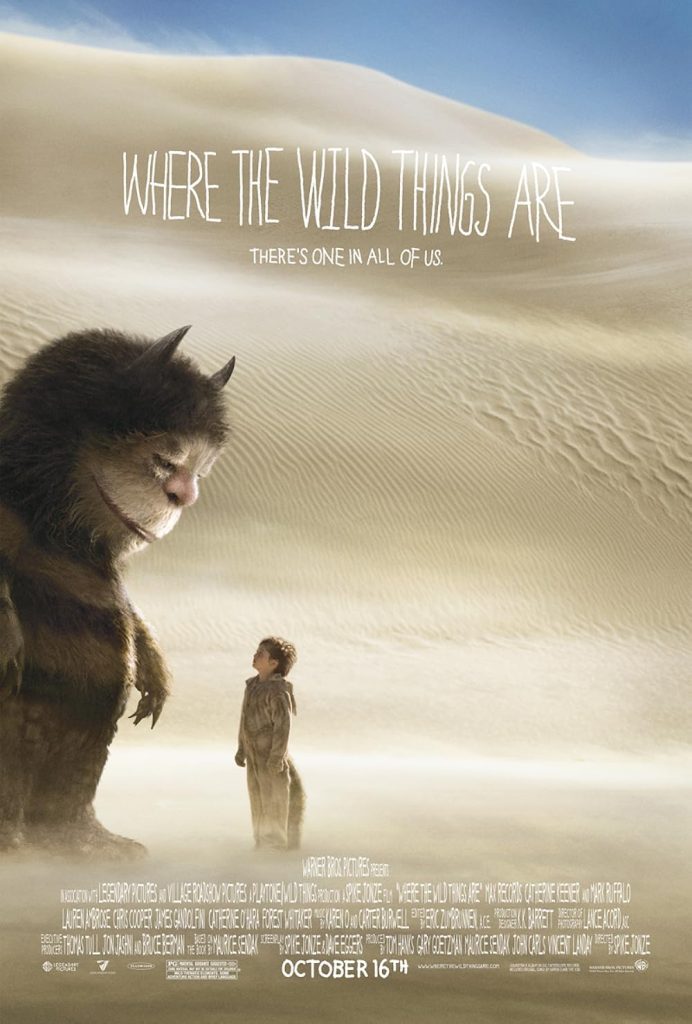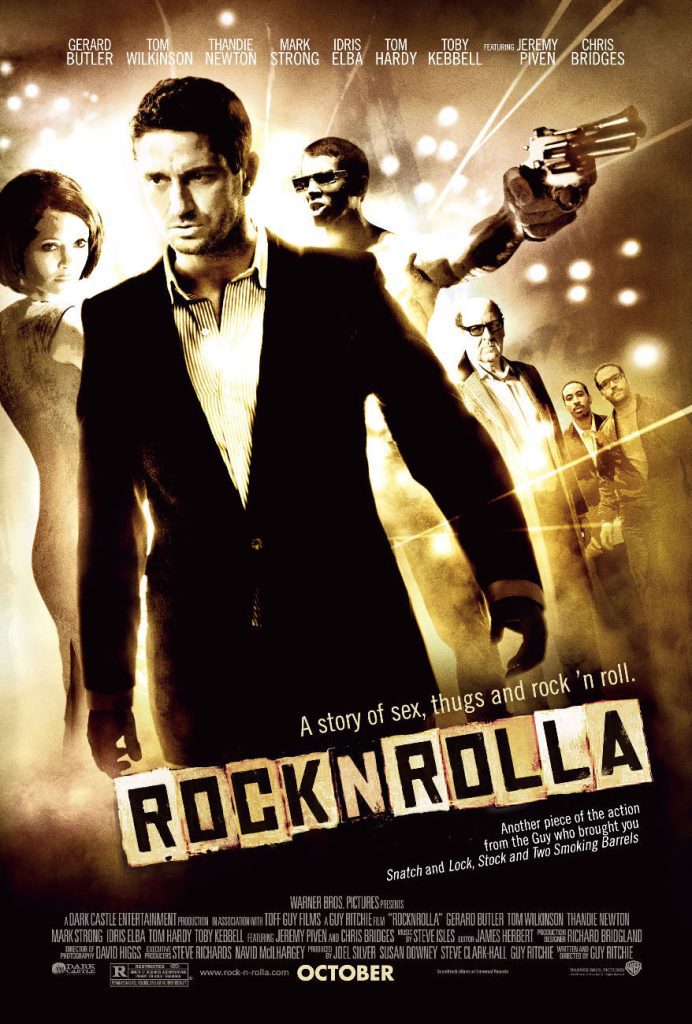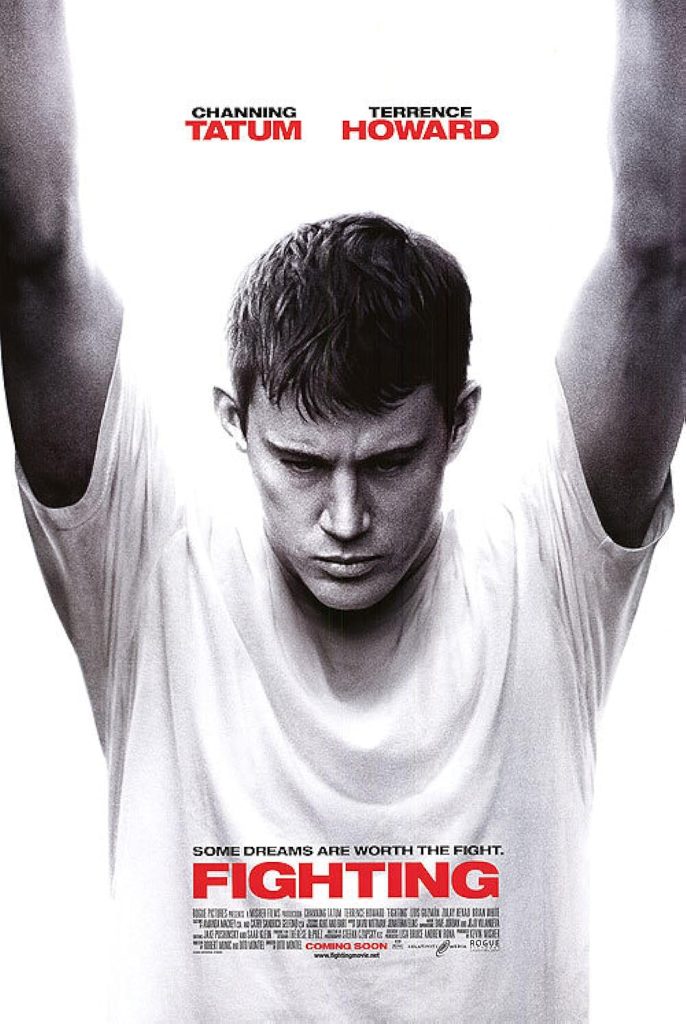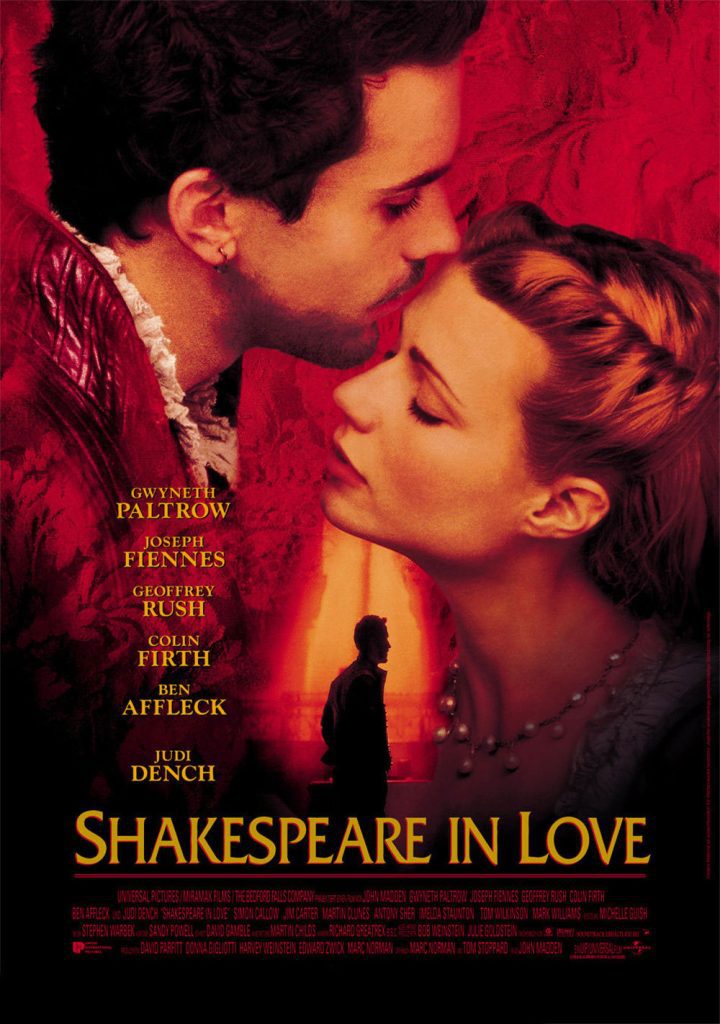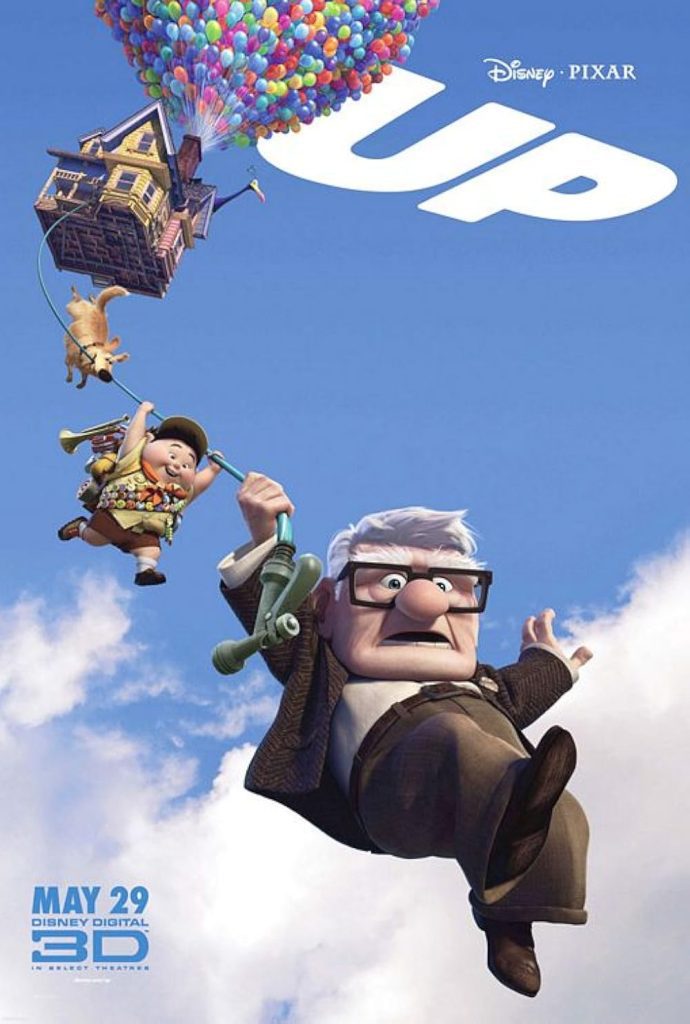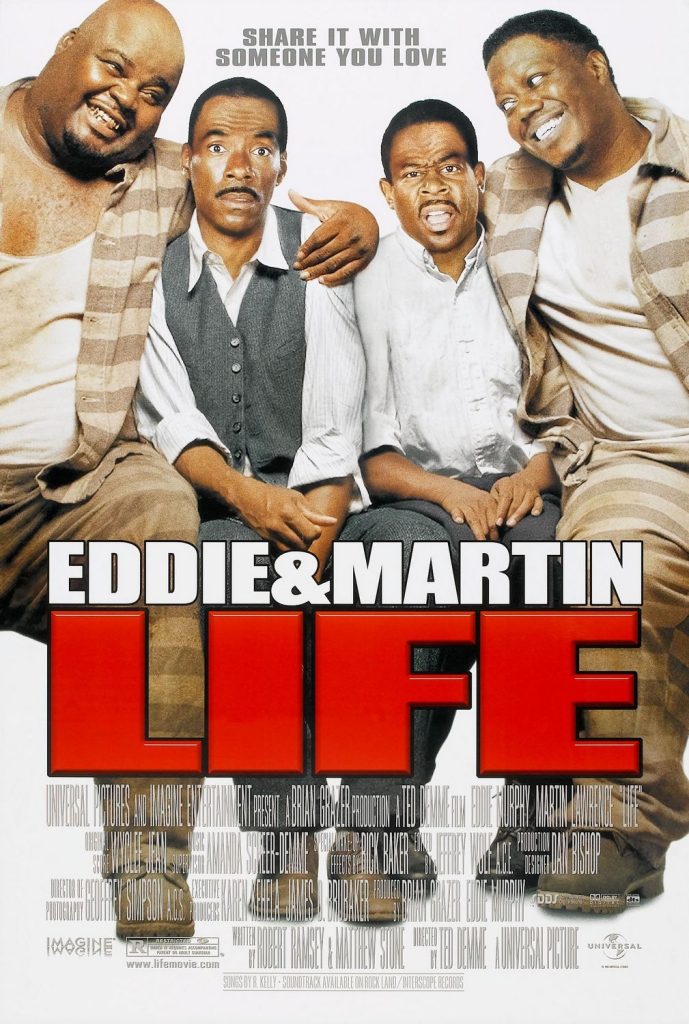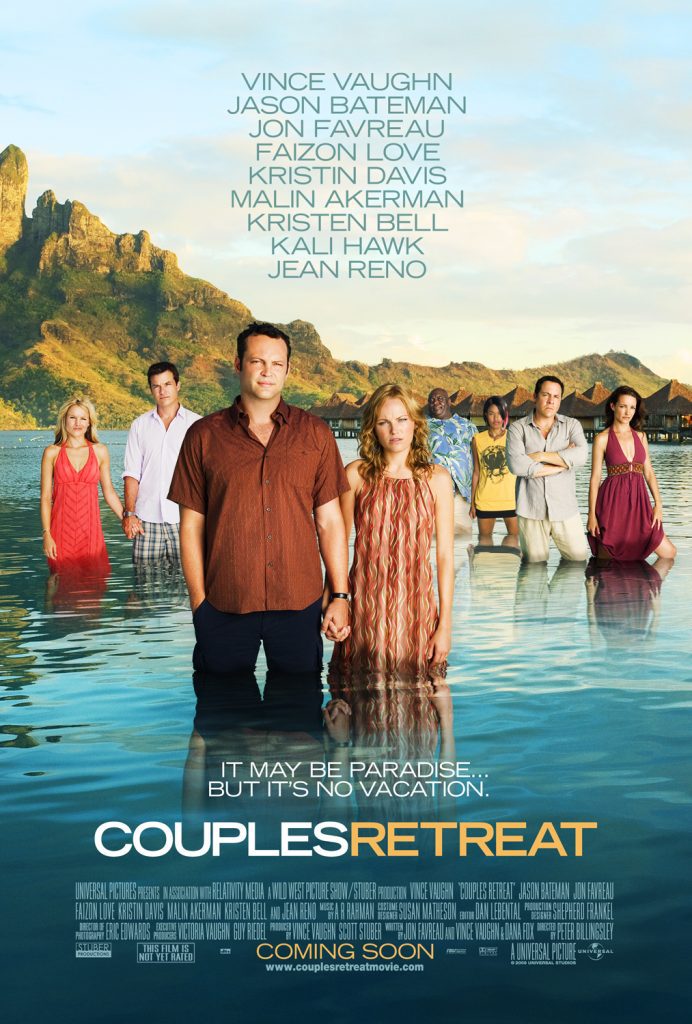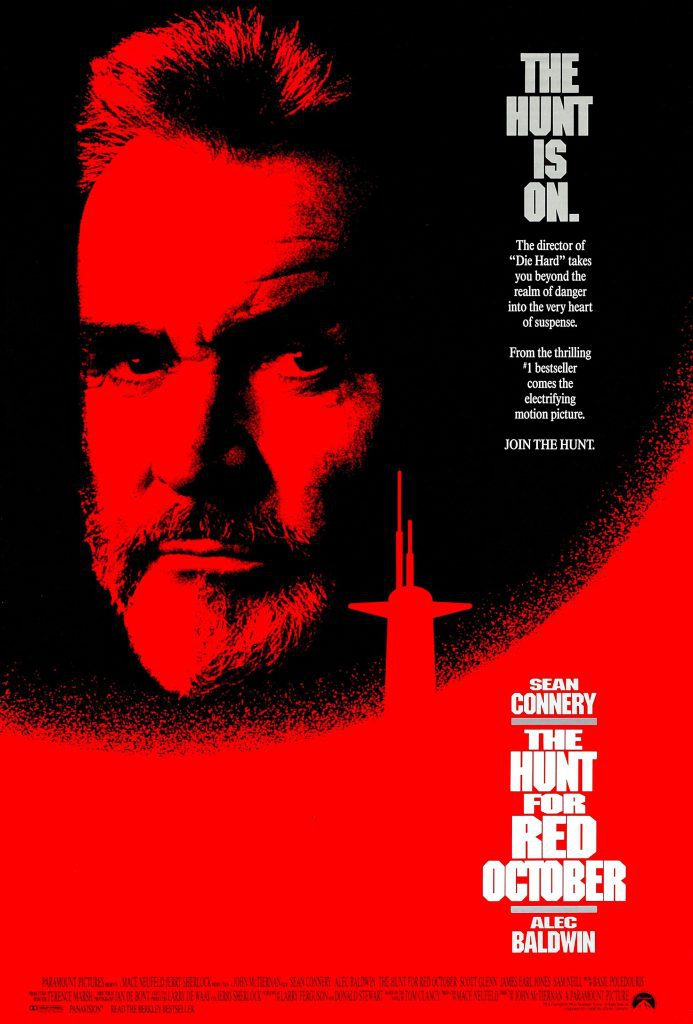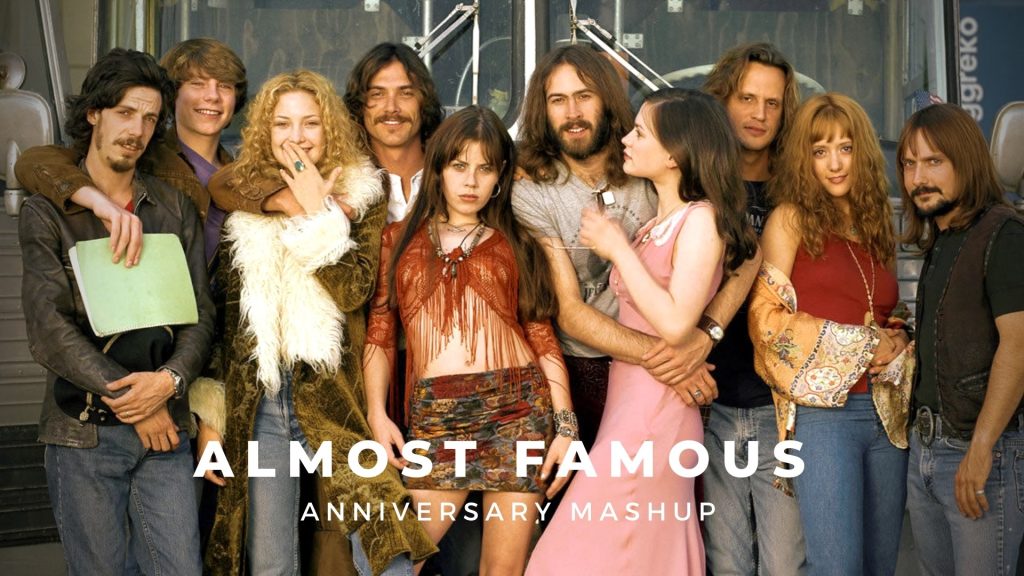
Do not buy this DVD. Oh, sure, you can rent it. Indeed, if you haven’t seen it, you should definitely rent it. But don’t buy it. Not because it’s a bad movie, because it’s one of the best films or at least one of my favorite of 2000. But the DVD isn’t worth buying. Not because it’s a poor presentation, for the video is top-notch and the Dolby Digital and DTS audio tracks are excellent. You shouldn’t buy it because you’ll only have to buy it again.
The year: 1973. The place: southern California. William Miller (Patrick Fugit) is an extraordinary young man who loves rock and roll, despite the lectures of his college professor mother (played by Frances McDormand). He writes rock reviews for local magazines until he is noticed by Rolling Stone. His assignment: tour with the rock band Stillwater and write an article for their hallowed pages. Stillwater is fronted by lead singer Jeff Bebe (Jason Lee) and “incendiary” guitarist Russell Hammond (Billy Crudup). Accompanying them on the road are a cavalcade of young, willing, and available groupies, including the radiant, enigmatic Penny Lane (Kate Hudson). Along the way, William learns Valuable Lessons, such as keeping his integrity as a writer, why it’s dangerous to make friends with the subject of your articles, and what to do when someone overdoses on Quaaludes.
Almost Famous is a loose autobiographical retelling of the formative years of its writer and director, Cameron Crowe. In the 1970s, he was the youngest writer ever for Rolling Stone, and went on the road with the likes of the Eagles and the Allman Brothers. As much as the movie tries to deny it, the early ’70s were one of the best times for rock and roll. Sure, they paved the way for the excess of ’80s hair bands and heavy metal, but the art form had reached its teenaged years (quite literally) and was in the process of growing up to the harder sounds of Led Zeppelin and Black Sabbath (in fact, I have the Led Zeppelin II CD on for inspiration right now…I really need to get a turntable). It wouldn’t be until the early ’90s that you would see rock go through a similar transformation, when the underground music that had been festering for years broke into the mainstream, like the punk-tinged music of the Seattle area (like Nirvana and Pearl Jam) or gothic/industrial/electronic music (such as Nine Inch Nails and the host of fly-by-night “electronica” successes). But I digress.
When you realize that Almost Famous is a loose retelling of its author’s life, it’s much easier to examine it in the context of his other films, which are as much paeans to the music as they are crisp human dramas. Since the soundtrack of his screenwriting debut, Fast Times At Ridgemont High, is unabashedly early ’80s, and therefore has little character and even less taste (okay, except for Led Zeppelin’s “Kashmir”) I’ll start with his 1989 directorial debut, Say Anything. It’s a film that holds a special place in my heart, because it’s one of the first videos my wife and I watched while we were dating. Its soundtrack is filled with a strange mix of throwbacks to the old days (Nancy Wilson, The Replacements), edgy underground (Fishbone, Red Hot Chili Peppers), and 1980s cheese (Joe Satriani, Living Colour, Cheap Trick). And, of course, there’s the movie’s defining moment: Lloyd Dobler (John Cusack, never better) standing in the rain, holding a boombox over his head, playing Peter Gabriel’s “In Your Eyes.” Crowe followed it up in 1992 with Singles. I didn’t see the movie itself until a few months ago, after the release of Almost Famous. My introduction to it was the soundtrack, when a friend in college loaned me her copy (hmm, time to ditch Zeppelin and put in that CD). On the surface, Singles may be a movie about twentysomethings and their troubles finding love, but it’s just as much Cameron Crowe’s tribute to the Seattle music scene, which had only just exploded into the national spotlight with Nirvana’s release of Nevermind in 1991. The soundtrack is rife with Seattle bands like Alice In Chains, The Screaming Trees, Soundgarden, and the legendary Mudhoney and Mother Love Bone. Pearl Jam (still one of my favorite bands) has two songs on the soundtrack, and members of the band even have small roles in the film as Matt Dillon’s band. Jerry Maguire, Crowe’s breakout success, was a bona fide big-studio film, and as such the soundtrack feels a bit more pre-programmed, but it nonetheless is an interesting grab bag of classics: Nancy Wilson, Elvis Presley, The Who, Paul McCartney, Bruce Springsteen, and Bob Dylan. That leads us back to Almost Famous. Almost Famous ostensibly is about the fictional band Stillwater, but we only hear them play once or twice (and their sound reminds me of Bad Company more than the Allman Brothers or the Eagles, after whom they were modeled). Instead, we’re treated to a pleasing mix of low-key rock (strange, considering Black Sabbath and Iggy Pop are name-checked quite prominently) from the likes of the Beach Boys, Simon and Garfunkel, and Elton John (supplying the track for the movie’s signature scene). Even Lynyrd Skynyrd and Led Zeppelin (making a rare soundtrack appearance, which they seem to do only for Cameron Crowe) are positively sedate. Oh, and you want to know who wrote “Fever Dog,” the Stillwater song? Nancy Wilson. Wanna know why one of the members of Heart appears so prominently in Cameron Crowe’s movies? Because she sleeps with the director…she’s Mrs. Cameron Crowe.
Cameron Crowe has developed as one of my favorite directors, not because of any artistry or style he brings to his films, but because of the quality of his writing and how he brings out the best in his actors. Take the cast of Singles, for instance: Campbell Scott, Kyra Sedgwick, Matt Dillon, and Bridget Fonda. Definitely not my favorites, but through his dialogue and guidance, they make for very realistic, three-dimensional people not just characters, but people. That’s hard to do. (Oh, and did I forget to mention that my favorite director, Tim Burton, has a cameo in the film as a director of dating service videos?) Tom Cruise was never better than as Jerry Maguire, and it’s no wonder that they re-teamed for Crowe’s next film, Vanilla Sky. In Almost Famous, he has a very talented cast to work with. Too many other reviewers have talked about Billy Crudup, Frances McDormand, and Kate Hudson (thank the good Lord for midriff-baring shirts!), but they all seem to forget about Patrick Fugit. He’s credited fifth (add Jason Lee to the end of the list above, and you have the opening credits), but his performance is what gives Almost Famous its center around which the other elements orbit. His wide-eyed innocence is only a cover for a very intelligent, perceptive young man given the rare opportunity to do what he loves. He is never cloying, but can bring the requisite emotion to the surface. Almost Famous is Fugit’s feature film debut; he’s appeared in a schlocky made-for-TV movie, Legion of Fire: Killer Ants! (with Mitch Pileggi of “X-Files” fame), and was in Weird Al Yankovic’s “Amish Paradise” music video. Next year, you can catch him in the Michelle Pfeiffer drama White Oleander (though from the sound of the plot, it’s the kind of movie I’ll want to miss…the novel it’s based on was an Oprah’s Book Club selection, if that tells you anything) and in Spun with Mickey Rourke, John Leguizamo, and Mena Suvari (no details on its plot, though it’s directed by Jonas Åkerlund, a music video director responsible for Madonna’s “Ray of Light” video, and if David Fincher is any indication, directing a Madonna video is a sign of goodness).
I’ve already dubbed the DVD unworthy of a purchase, but I suppose I should fill you in on its details anyway because it does deserve a rental. The film is presented in 1.85:1 anamorphic widescreen. Overall it’s a pleasant image, with only some distracting edge enhancement and pixelation to distract you. Audio is presented in Dolby Digital 5.1 and DTS 5.1, though I could test only the Dolby Digital track. It is very forward-centric, opting to use the surrounds only during the movie’s noisier scenes, namely the concerts and the climatic (Airplane) Riders On The Storm scene (you can laugh now, or wait until that gets funny). Speaking of the concerts, whoever mixed the audio thought that it was critically important to make the concert scenes ESPECIALLY LOUD. You are forewarned. Extras consist of a music video for Stillwater’s “Fever Dog”; a short making-of featurette; the usual production notes, theatrical trailer, and cast and crew bios; and most interestingly, a few of Cameron Crowe’s Rolling Stone articles.
For a movie this detailed, this steeped in cultural history, and one that is so close to the life of its writer/director, it’s a shame that there are so few extras provided. This is especially galling considering DreamWorks, one of the most DVD-savvy studios in the biz, released the disc. Why the less than inspired disc? Because, even prior to its release, they announced that Cameron Crowe wanted to put together a very impressive two-disc set, but because of the demands of the picture he was shooting at the time (Vanilla Sky), he was going to have to wait. When this new Special Edition hits the shelves, you may very see an extended cut of the film, rumored to be over three hours long. Crowe will likely also include a commentary track. Very groovy indeed, and it makes the dearth of extras on this release very easy to forgive.
Some people I spoke with claimed that Almost Famous is demeaning to women. In a way, I can see their point. However, when you judge the social mores of another time period through the eyes of what is acceptable now, inevitably you are going to find problems. Not that I want to go off on a tangent, but it’s the same reason it’s regrettable that Disney locked Song of the South away in their vaults because its depiction of African-Americans can be considered offensive. Yes, privileged white society in the United States took advantage of persons of another culture, and yes the movie’s portrayal of blacks plies typical stereotypes, but why censor what is unfortunate in our history? The feminist movement had not quite ensured equality for women in the early 1970s. I’m sure rock stars did take advantage of young girls willing to offer their bodies to be near someone famous. What makes you think it doesn’t still happen? Why alter history by avoiding the topic, or changing the characters to be something other than what they would have been? It’s not the truth, it’s not being honest to your material. It’s the slippery slope of revisionism. Making the 1970s groupies of Almost Famous the equals of the male rock gods is only a small step away from bilge water like Demi Moore’s revised The Scarlet Letter.
There were a few other titles kicked around for Almost Famous before the nebulous “they” behind the decision came up with that moniker. As much as I like the movie, I would have much preferred one of these more interesting titles to its generic, stale Almost Famous: The Uncool. Something Real. Stillwater. Untitled Cameron Crowe Project.
Do not buy this DVD. If you haven’t seen it, a rental is a must. But don’t buy it. It’s a great movie with a rosy look at a tumultuous time in America’s culture. But the DVD earns a pass, because anyone who really loves the film and the work of Cameron Crowe should wait for the forthcoming special edition.
Browsing back through what I’ve written, I realized I forgot to mention one of my favorite character actors: Philip Seymour Hoffman. He plays famous rock journalist Lester Bangs, William’s idol and mentor, a role that is perfect for Hoffman’s simultaneously low-key and manic screen personality. I only wish he’d get more great, higher-profile parts like this, but then again, maybe he doesn’t want them. It was truly fantastic to see him as practically the leading actor in State and Main, another of my favorite films of 2000.
This is a totally off-the-wall thought, but wouldn’t it have been cool if Almost Famous was about a small-time Internet writer hired by AOL to tour with a boy band? No? It wouldn’t? Sigh. There goes my screenwriting career.
For more movies visit Soap2day.
